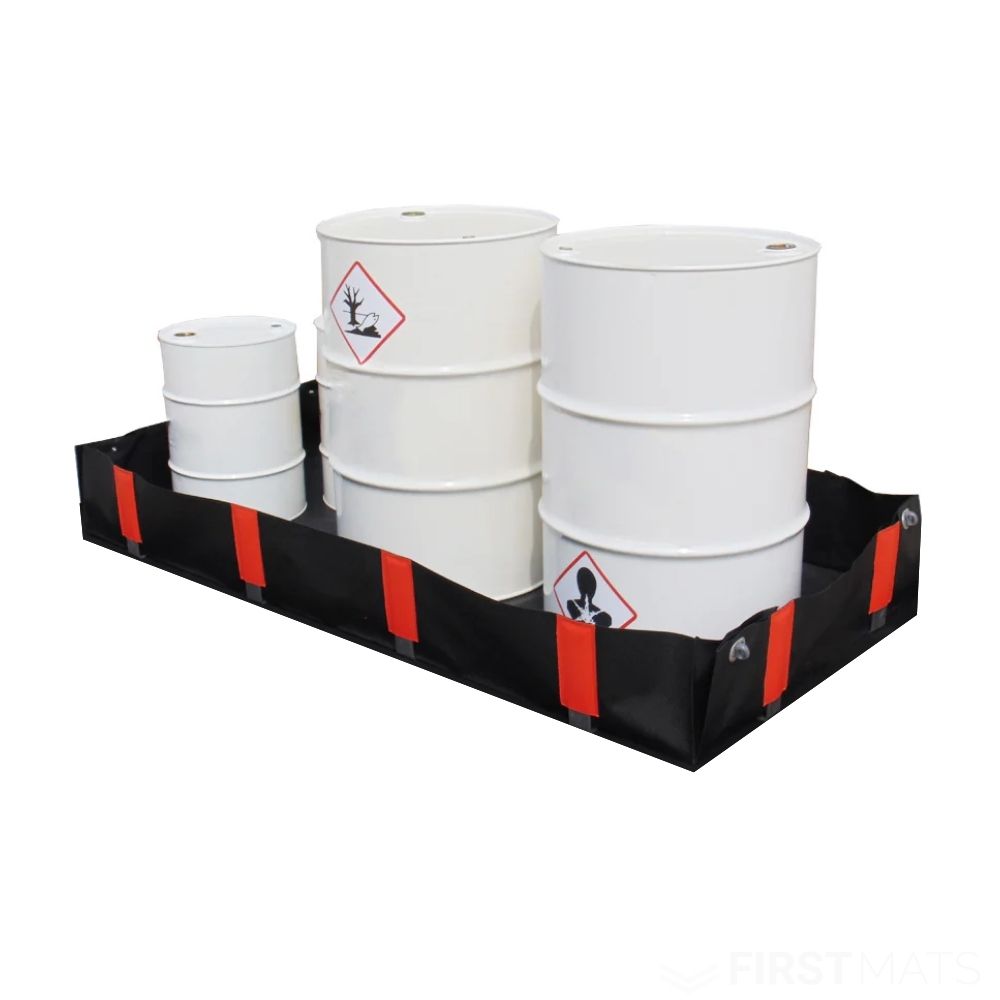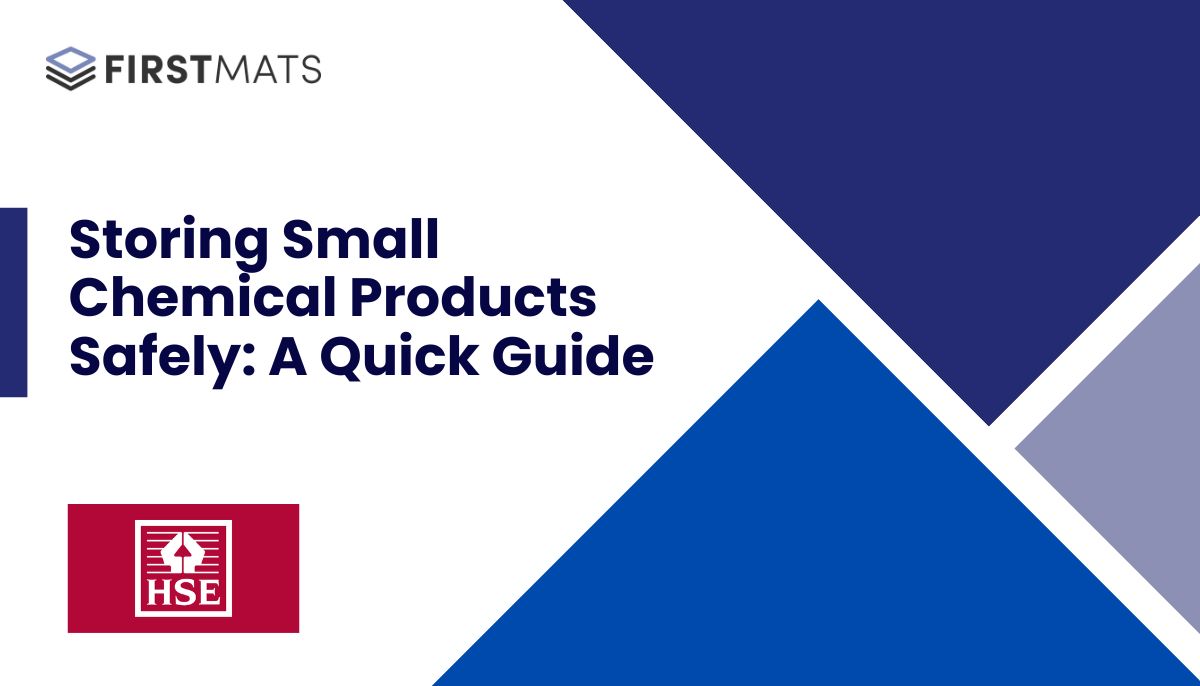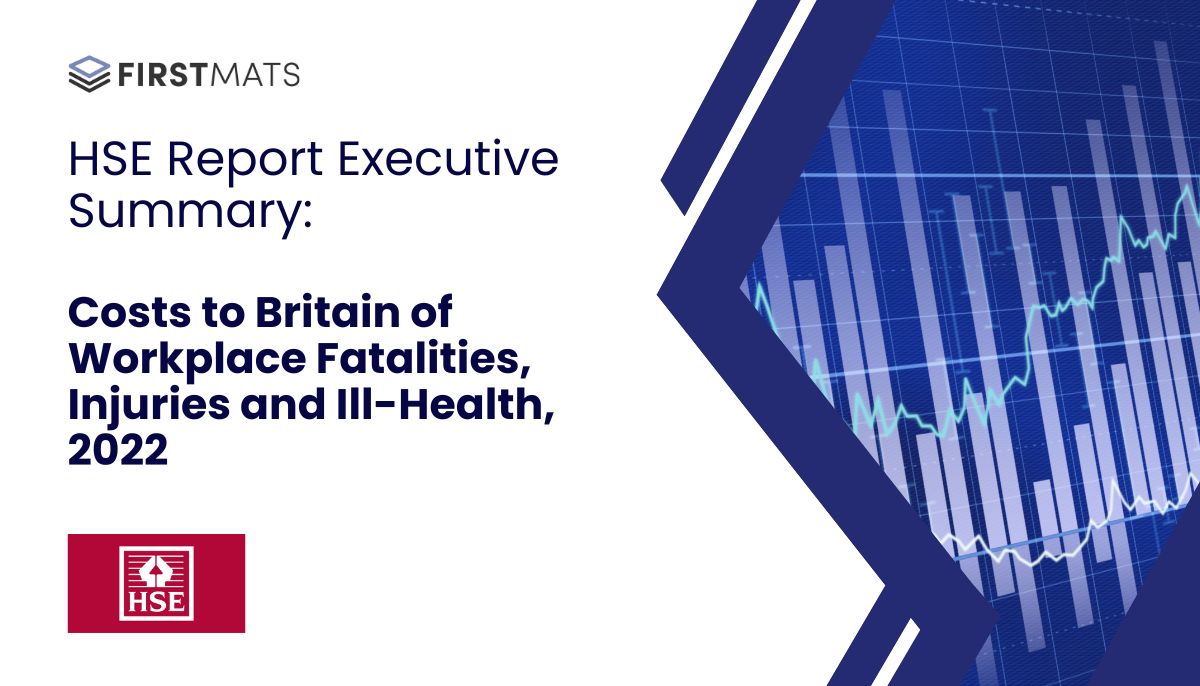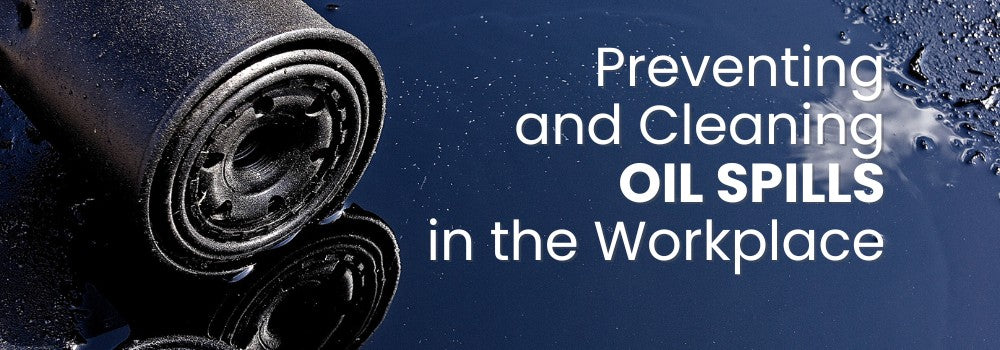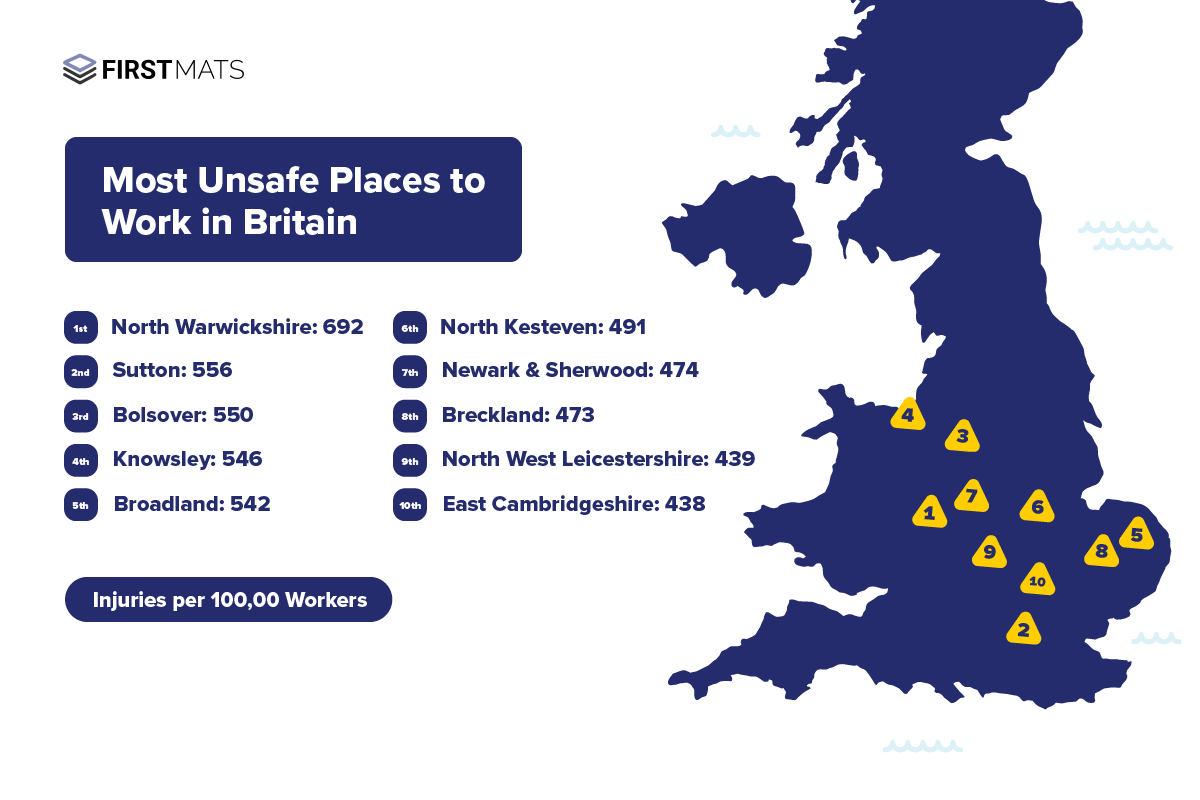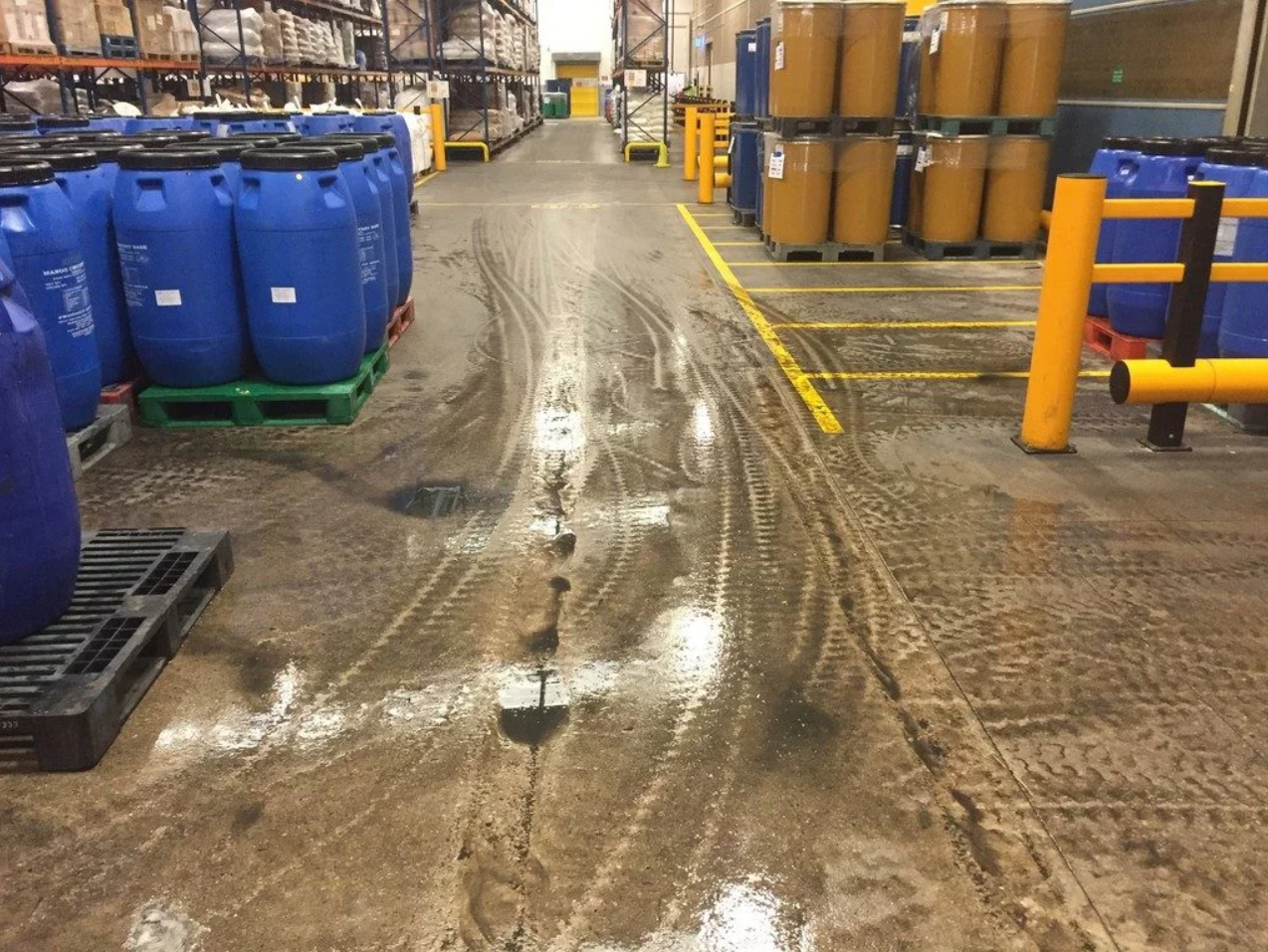A Simple Guide to ISO 14001 Certification

by Richard O'Connor
Feb 28, 2023 | *5 minutes to readISO 14001 certification is a globally recognised standard for implementing an effective environmental management system. It is designed to help organisations reduce their environmental impact, manage resources more efficiently, and increase their sustainability.
The certification is essential for organisations that wish to demonstrate their commitment to environmental protection but may not have the resources or knowledge to do it independently.
In this guide, we'll explore the benefits of ISO 14001 certification, the steps to achieving it, and the requirements needed to become certified. We'll also discuss how to analyse your organisation's current situation and develop the necessary certification documentation.
What is ISO 14001 Certification?
ISO 14001 certification is designed to help organisations:
- Reduce their environmental impact,
- Manage resources more efficiently, and
- Increase their sustainability.
The standard includes several elements, including:
- Environmental policy
- Identification and assessment of environmental impacts
- Management of environmental impacts
- Monitoring and measuring environmental performance
- Environmental auditing and reporting
- Training and Awareness
These elements give organisations the tools to identify and manage their environmental impacts and monitor and measure their performance.
It's important to note that ISO 14001 certification is not a one-time certification but rather an ongoing process of continual improvement.
What are the Benefits of ISO 14001 Certification?
Becoming ISO 14001 certified helps an organisation reduce its environmental impact, but it can also help save money by reducing waste and improving energy efficiency.
The certification demonstrates a business’s commitment to environmental protection, which can permit access to new markets and new customers.
Other benefits include:
- Increased efficiency and cost savings
- Improved compliance with environmental laws and regulations
- Increased customer confidence and trust
- Improved reputation and public image
- Improved stakeholder relations
Becoming ISO 14001 certified means a company can demonstrate to customers and stakeholders that they're taking responsibility for their business's environmental impact and committing to sustainability.

Steps to Achieving ISO 14001 Certification
Achieving ISO 14001 certification is a process that requires careful planning and implementation.
Understanding each process step is critical and being prepared to make changes as needed.
Here’s a brief overview of the process to become ISO 14001 certified.
- Understand the requirements of ISO 14001.
- Analyse your organisation's current situation.
- Develop the documentation for ISO 14001 certification.
- Implement an effective environmental management system.
- Prepare for the ISO 14001 audit.
- Manage the ISO 14001 certification process.
Let's look closer at each of these steps.
Understanding the Requirements of ISO 14001
The ISO 14001 standard consists of several elements, including:
- Environmental policy
- Identification and assessment of environmental impacts
- Management of environmental impacts
- Monitoring and measuring of environmental performance
- Environmental auditing and reporting
- Training and awareness
Understanding each of these elements and how they fit into an organisation's overall environmental management system is vital.
If you're looking towards achieving ISO 14001, you should familiarise yourself with the standard's requirements. This includes having an effective environmental management system to identify and assess your business's environmental impacts.
Analysing Your Organisation's Current Situation
Consider your business’s current environmental impacts while identifying areas that need improvement.
This process involves gathering data and conducting an environmental audit. This will help identify areas of non-compliance and any potential risks that need to be addressed.
Once you’ve identified these areas, develop an action plan to address them. This plan should detail your specific goals and objectives, as well as strategies for achieving them.
Developing the Documentation for ISO 14001 Certification
Developing the documentation for ISO 14001 certification requires the creation of an environmental policy, a risk assessment, and an environmental management system.
These documents should be comprehensive and include all of the elements of the standard.
Include all necessary procedures, such as your training program and audit system. This will help ensure your organisation complies with the standard, taking steps to address any non-conformances.
Implementing an Effective Environmental Management System
Once you’ve developed the necessary documentation, implement an effective environmental management system.
This should include processes for monitoring, measuring, and auditing your environmental performance. It should also include systems for training, awareness, and communication.
This system should be regularly monitored and updated to ensure it's effective and compliant with the standard. You should also review the plan periodically to ensure it's meeting your organisation's goals and objectives.

Preparing for the ISO 14001 Audit
Once you’ve implemented your environmental management system, you should prepare for the ISO 14001 audit.
This includes gathering evidence to demonstrate your compliance with the standard and ensuring your documentation is current and in compliance with the standard.
You should also prepare for the audit by conducting mock audits and compliance training. This will help prepare your organisation for the audit so that your workforce understands and can demonstrate the standard's requirements.
Managing the ISO 14001 Certification Process
Finally, you should manage your ISO 14001 certification process by ensuring that your organisation remains compliant. It also requires that the necessary documentation is kept up to date while ensuring your environmental management system is regularly monitored and updated.
You should also be prepared to respond to any non-conformances identified during the certification process. This could include changing your environmental management system or developing new procedures to address specific aspects of the standard.
Conclusion
Achieving ISO 14001 certification is a process that requires careful planning and implementation. By following the steps outlined in this guide, you can be sure you're taking the steps needed to become ISO 14001 certified.
By becoming ISO 14001 certified, you’ll be able to demonstrate your commitment to environmental protection and increase your sustainability. You’ll also be able to access new markets, find new customers, and increase your efficiency and cost savings.
Sources:
- https://www.iso.org/iso-14001-environmental-management.html
- https://www.bsigroup.com/en-GB/iso-14001-environmental-management/
Related Products:
Explore More Topics
Frequently Asked Questions
If you have any questions, we’re here to help
How long does delivery take?
Each product comes with a specified lead time for delivery. We'll keep you informed if there are any delays in meeting this timeline.
Typically, once you’ve finalised your order and approved the proof, it will take 4-5 business days to make and deliver your finished mat.
If my order is damaged, can I return or exchange it?
Got a problem with your order? If something's not right or you're not thrilled with the quality, just let us know within 14 days of getting it. Drop us a line, and we'll tell you what to do next—usually, it starts with you sending us a photo of the issue. Once we check that out, we'll sort you out with a refund or a new item, no fuss.
Can I get my mat delivered more quickly?
Need your item in a hurry? Just Contact us to explore the faster delivery options we might have for you!
If my custom mat is damaged, can I return or exchange it?
Got a problem with your order? If something's not right or you're not thrilled with the quality, just let us know within 14 days of getting it. Drop us a line, and we'll tell you what to do next—usually, it starts with you sending us a photo of the issue. Once we check that out, we'll sort you out with a refund or a new item, no fuss.





